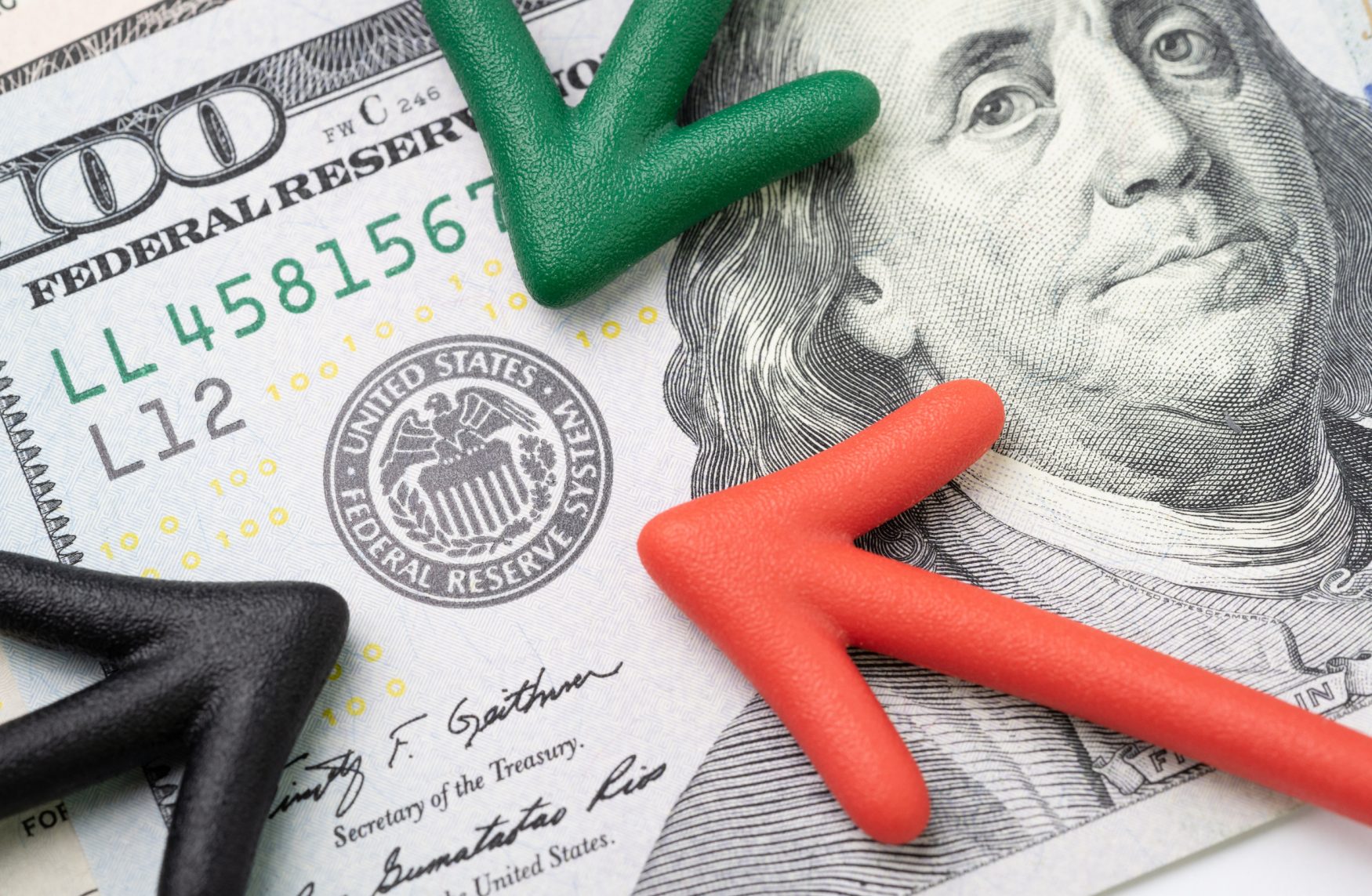
The Federal Banking System Steals
The Federal Banking System Has Nothing to do With the Federal Government and Everything to do With Enslaving America to Global Bankers.
When it comes to the federal banking system, most Americans know little or nothing about how it works.
Perhaps even worse, those who have attempted to find out more about the US banking system have come up against a wall of lies and secrets.
That is until recent years when the truth about our banking system has been exposed and brought out into the open for anyone who wants the real facts.
The central banking structure of the United States is officially known as the Federal Reserve.
It was brought into power in 1913 by the passing of the Federal Reserve Act.
The goal of this 1913 legislation was to insulate the monetary rule of the country from corrupt and greedy politicians who might use the banking system for their own gain, giving the control instead to a cartel of privately owned banks.
Suddenly America’s treasury, and as a result the government itself, were under the exclusive power of the Federal Reserve.
It’s this power that would be kept a secret from Americans for many years, years during which the Federal Reserve grew more and more powerful.
Today, Americans live in a country where finances and economics are in the hands of a few, a few who profit tremendously at the expense of hard working citizens.
Robbing Americans
Many leaders and politicians in America have publicly criticized the Federal Reserve to no avail. Henry Ford once said:
“It is well enough that people of the nation do not understand our banking and monetary system, for if they did, I believe there would be a revolution before tomorrow morning”
– Henry Ford (1863 – 1947), American founder of the Ford Motor Company
Central Banking in America
The Federal Reserve wasn’t the first attempt at a Federal banking system in the United States.
In 1791, Alexander Hamilton, who was the first U.S. Secretary of the Treasury, chartered the First Bank of the United States.
There was much opposition to the chartering of the First Bank of the United States.
Thomas Jefferson, not yet president, believed the bank was in violation of property laws and the constitutional power that authorized the charter were weak and unclear.
After 20 years, the charter was not renewed. Five years later, in 1816, the Second Bank of the United States was chartered.
The bank was founded under the government of U.S. President James Madison in an attempt to stabilize U.S. finances.
However, early in the 1830’s, President Andrew Jackson had come to despise the bank, questioning the corruption he blatantly saw occurring.
In 1833, the Second Bank began to lose money when Jackson refused to deposit federal tax revenues, choosing instead to deposit these funds into state banks.
By 1836, the bank had little money left in its coffers. The charter for the Second Bank expired in 1836 without being renewed.
The National Banking Act
1837 to 1862 was known as the free banking era, during which time a Federal banking system did not exist at all.
Near the end of 1862, the National Banking Act was established to create national charters for multiple banks.
It is believed the National Banking Act was founded with the sole intent of funding the American Civil War.
Although it seemed as though banking in the United States had stabilized, there were several bank scares which occurred in 1873, 1893, and 1907.
These banking scares brought about the demand for a central banking system, bringing about the birth of the Federal Reserve Act.
And so the system of corrupt banking continued in America.
Federal Banking Taxes
Taxes are something most Americans take as a given. However, when the United States was founded, there was no such thing as taxes.
It was not until private bankers came into the picture that Americans were faced with the concept of having to pay taxes.
The only reason taxes were needed was so the federal government could afford to pay back interest to the Federal Reserve on money they had borrowed. Hard to believe, but true.
The Federal Reserve loans money to the American government and then demands interest on these loans.
The taxes every American pays go to pay off this interest that has been incurred by government loans.
Strength of the Fed
The Federal banking system keeps going strong even though it would take only $450 million dollars for Congress to buy it back. So if Congress can buy it back, why don’t they?
Perhaps the main reason Congress is so content to leave things as they are, and remain under the control of the Federal Reserve, is it gives them liberty to spend all the money they want without being questioned.
Americans need to open their eyes and start to question Congress about what is really going on behind closed doors.

 My First Amazing Ayahuasca Experience
My First Amazing Ayahuasca Experience  Pine Needle Tea
Pine Needle Tea  The REAL Controllers of Humanity: The Papal Bloodlines
The REAL Controllers of Humanity: The Papal Bloodlines  Is it Global Warming or Cooling?
Is it Global Warming or Cooling?  Gun Rights and Obama Examined
Gun Rights and Obama Examined